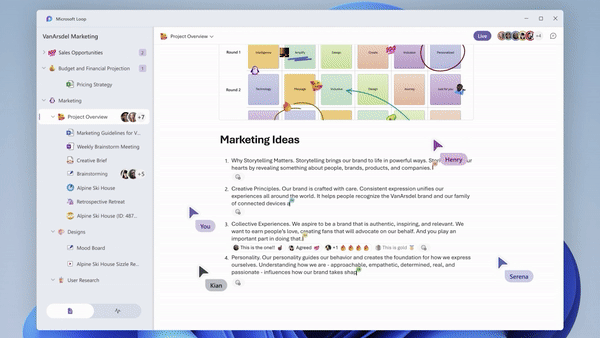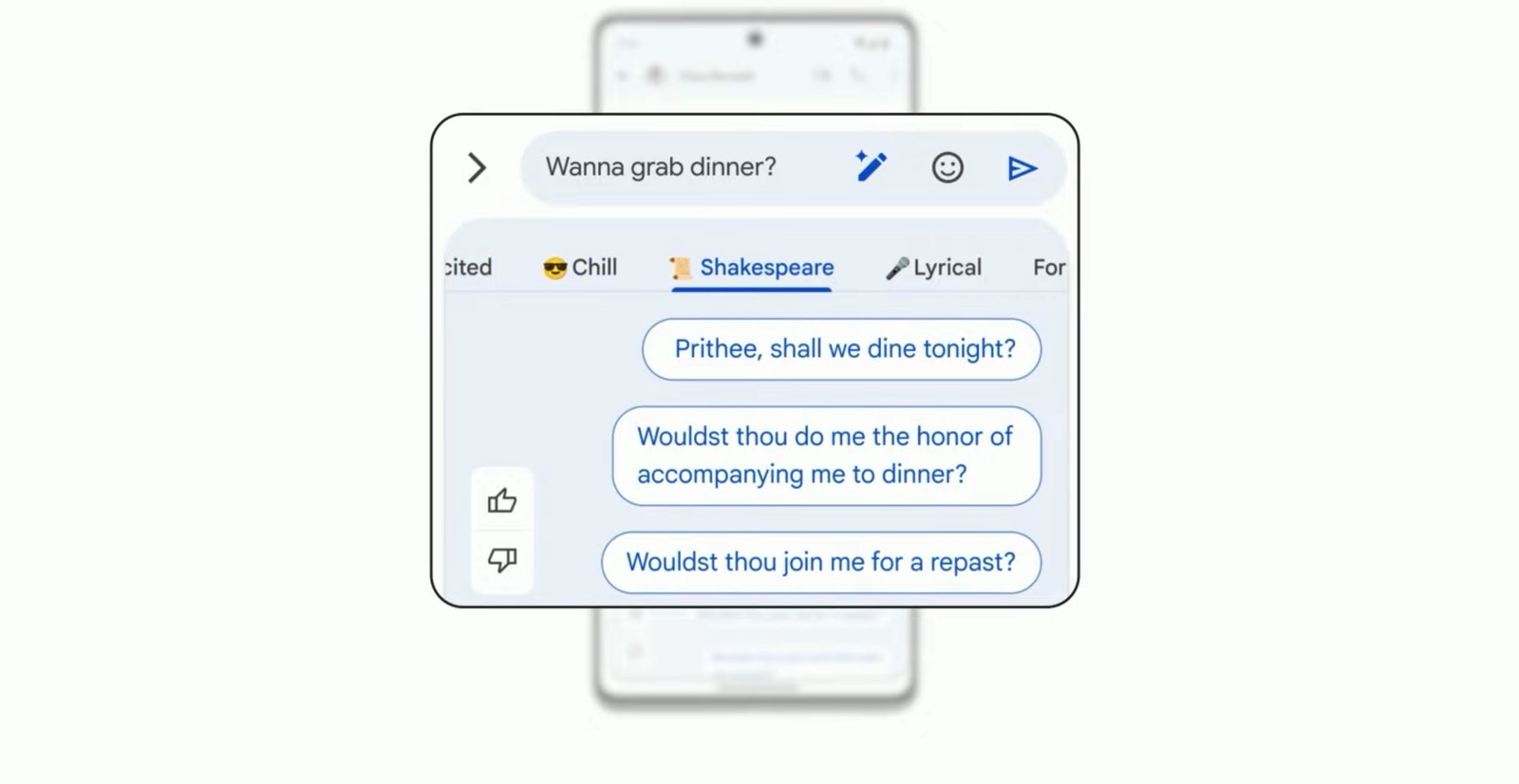The biggest change to Microsoft’s Office documents in decades is expanding into Microsoft Loop, a hub for a new way of working in Office. Microsoft Loop is the new branding for Microsoft’s Fluid work, blocks of collaborative Office content that can live independently and be copied, pasted, and shared with others.
Much like Fluid, Microsoft Loop has three main elements: Loop components, Loop pages, and Loop workspaces. Loop components are live pieces of content that can exist across multiple apps, updated in real time and free for anyone to jump into. That could be a list shared in a Teams channel and also editable in a Loop page, or notes in a calendar entry that are also available to be pasted into Outlook and edited in real time within an email.

These components can also exist in the main Microsoft Loop hub, inside what Microsoft calls shared Loop workspaces. It’s almost like a project board, where you can see a list of all Loop components and Loop pages and who is currently working on them. Think of it as a modern File Explorer, where everything is live and collaborative.
Loop pages are the individual canvases where people can share and collaborate on Loop components. It’s like a modern version of a whiteboard but far more powerful because you can insert and share components that people have created outside of Loop. Not everyone even needs to be part of the entire Loop page, as the individual components could be edited in real time from other apps.

These collaborative Loop components have been the dream of Microsoft for the past couple of years, and it’s clear the company has been adjusting how Loop works to fit the realities of pandemic life. A central Microsoft Loop hub looks like an improved way to track and organize these components — and a clear response to the new hybrid work era to which many businesses are adjusting and competition like Notion.
Microsoft’s demonstrations of Loop components have been impressive so far, but we’ll need to experience them for ourselves to really understand whether Loop can truly deliver the seamless experience that Microsoft keeps promising. Notion has been challenging Microsoft’s traditional Office way of working with many concepts that are similar to Loop, and Microsoft’s response looks like a more powerful version of Notion.
While Microsoft has been talking about Loop (Fluid) for nearly 18 months, it’s still not something that’s inside Office apps yet. Microsoft Loop components will now arrive in Teams, Outlook, and OneNote this month, and the main Microsoft Loop app will be released at a later date. “We will share more about the availability of the Microsoft Loop app in the upcoming months,” says Wangui McKelvey, general manager of Microsoft 365.
Update, November 2nd 12:30PM ET: Added details about Loop’s main competition, Notion.
Microsoft Loop is a new Office app for the hybrid work era - The Verge
Read More

No comments:
Post a Comment